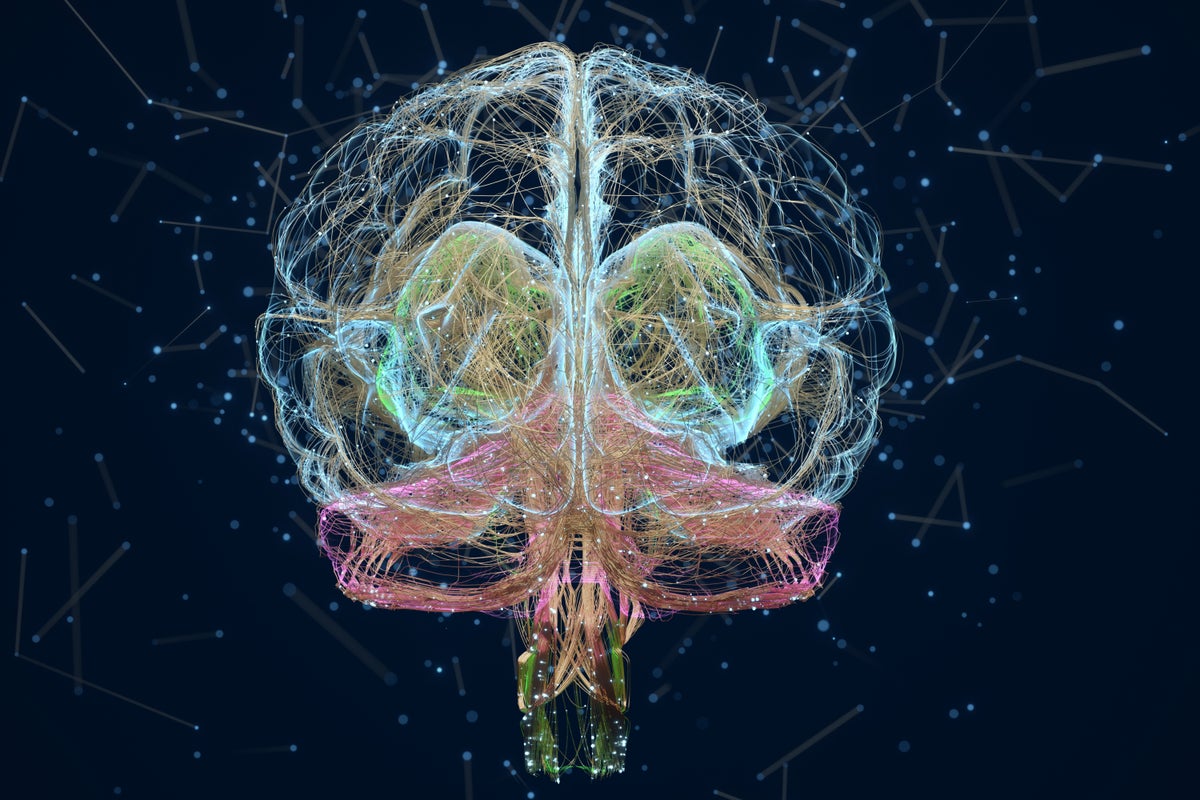

For children, the world is full of surprises. Adults, on the other hand, are much more difficult to surprise. And there are complex processes behind this apparently straightforward state of affairs. Researchers at the University of Basel have been using mice to decode how reactions to the unexpected develop in the growing brain.
Babies love playing peekaboo, continuing to react even on the tenth sudden appearance of their partner in the game. Recognizing the unexpected is an important cognitive ability. After all, new can also mean dangerous.
The exact way in which surprises are processed in the brain changes as we grow, however: unusual stimuli are much more quickly categorized as “important” or “uninteresting”, and are significantly less surprising the second and third time they appear. This increased efficiency makes perfect sense: new stimuli may gain our attention, but do not cause an unnecessarily strong reaction that costs us energy. While this may appear trivial at first, so far there has been very little research into this fact in the context of brain development.
Experiments with young mice conducted by Professor Tania Barkat’s research team have now begun to decode how the developing brain processes surprising sounds and what changes as we grow up. The researchers have reported on their findings in the journal Science Advances.
Strange sounds
In their experiments, the researchers used sequences of sounds in which a different tone was heard at irregular intervals in between a series of identical ones. At the same time, they recorded the animals’ brain waves. This process is known as the “oddball paradigm”, and is used by health professionals for purposes such as the diagnosis of schizophrenia.
Using these measurements, the researchers were able to understand how the reaction of different brain regions to the change of tone developed over time in the young mice. This reaction was initially very strong, but decreased as the relevant brain region matured, to a level comparable to that of measurements in adult animals. This development does not take place simultaneously in the various areas of the brain that process sound, however.
A region known as the inferior colliculus, located at the beginning of the path from the auditory nerve to the auditory cortex, was already fully mature in the animals at the age of 20 days, the earliest point in time studied by the team. A second site, the auditory thalamus, only showed an “adult” reaction to the differing tone at the age of 30 days.
Development in the cerebral cortex itself, the “primary auditory cortex”, took even longer, until day 50. “This development of the surprise reaction thus begins in the periphery and ends in the cerebral cortex,” says study leader Tania Barkat. The cerebral cortex therefore matures much later than expected – in human years, this would equate roughly to the early 20s.
No development without experience
The researchers also observed that experiences play a key role in the development of the surprise response in the cerebral cortex. If the mice were reared in a noise-neutral environment, the processing of unexpected sounds in the auditory cortex was significantly delayed.
One possible explanation for this is that the brain – and the cerebral cortex in particular – forms an internal image of the world during growth, which it then compares with external stimuli. Anything that does not correspond to this “worldview” is a surprise, but may also result in an update. “Without experience with sounds, however, the cerebral cortex in these mice is unable to develop such a model of the world,” says neuroscientist Barkat. As a result, the animal is unable to categorize sounds properly into “familiar” and “unexpected”.

